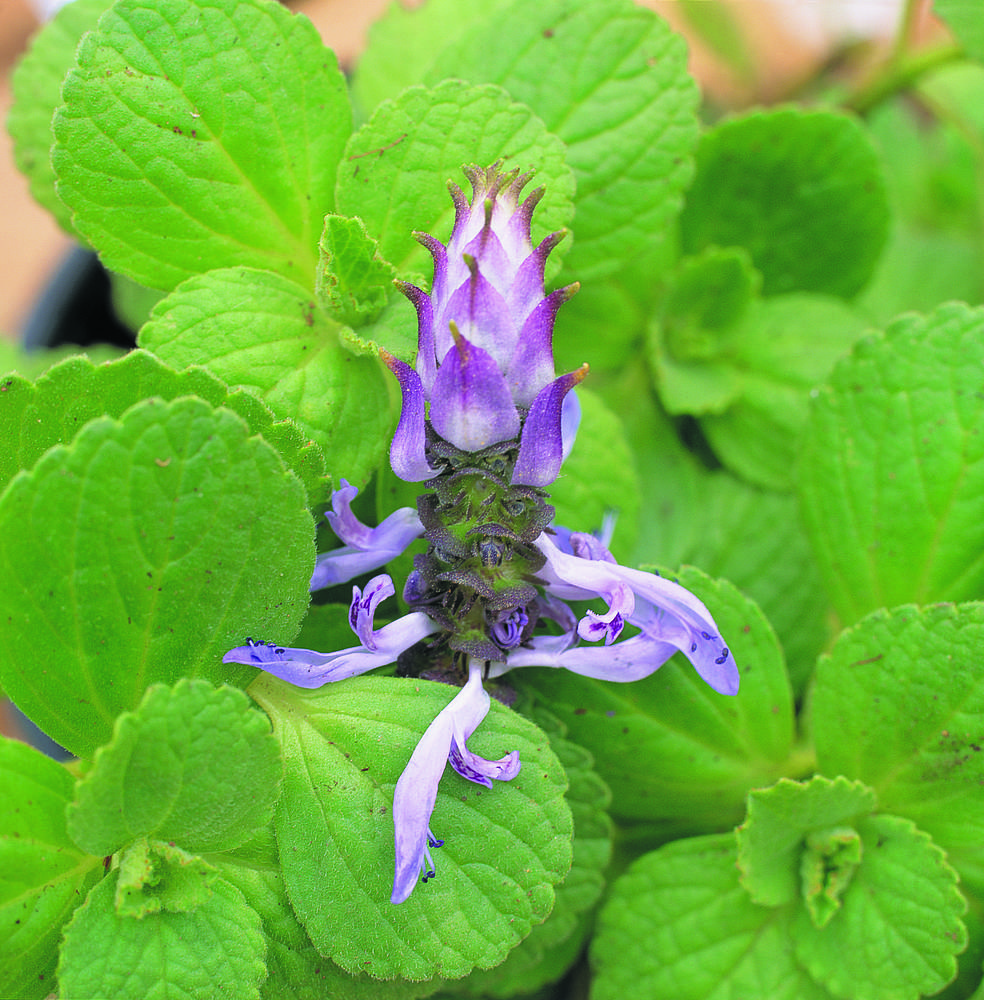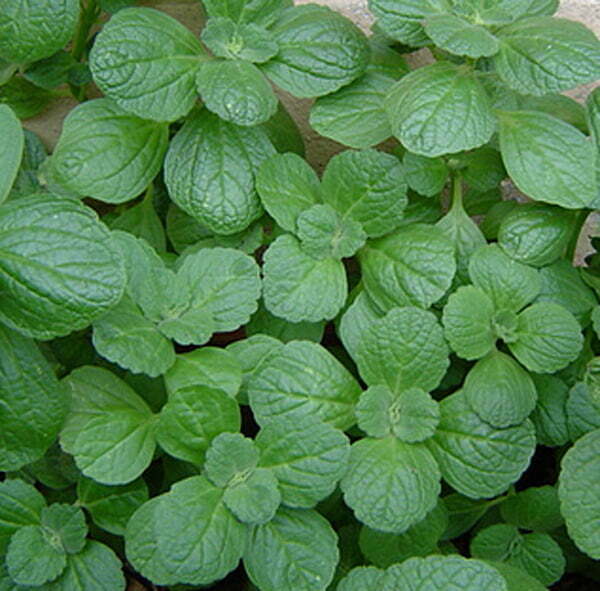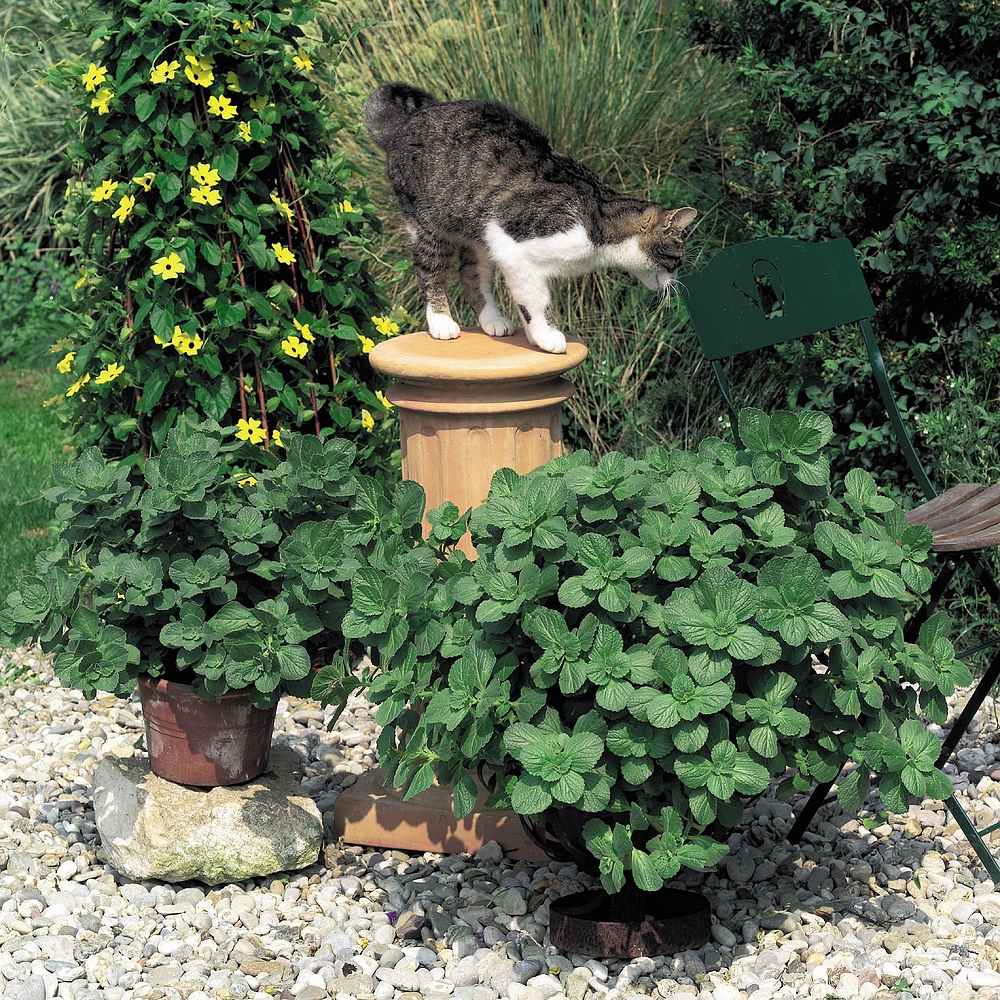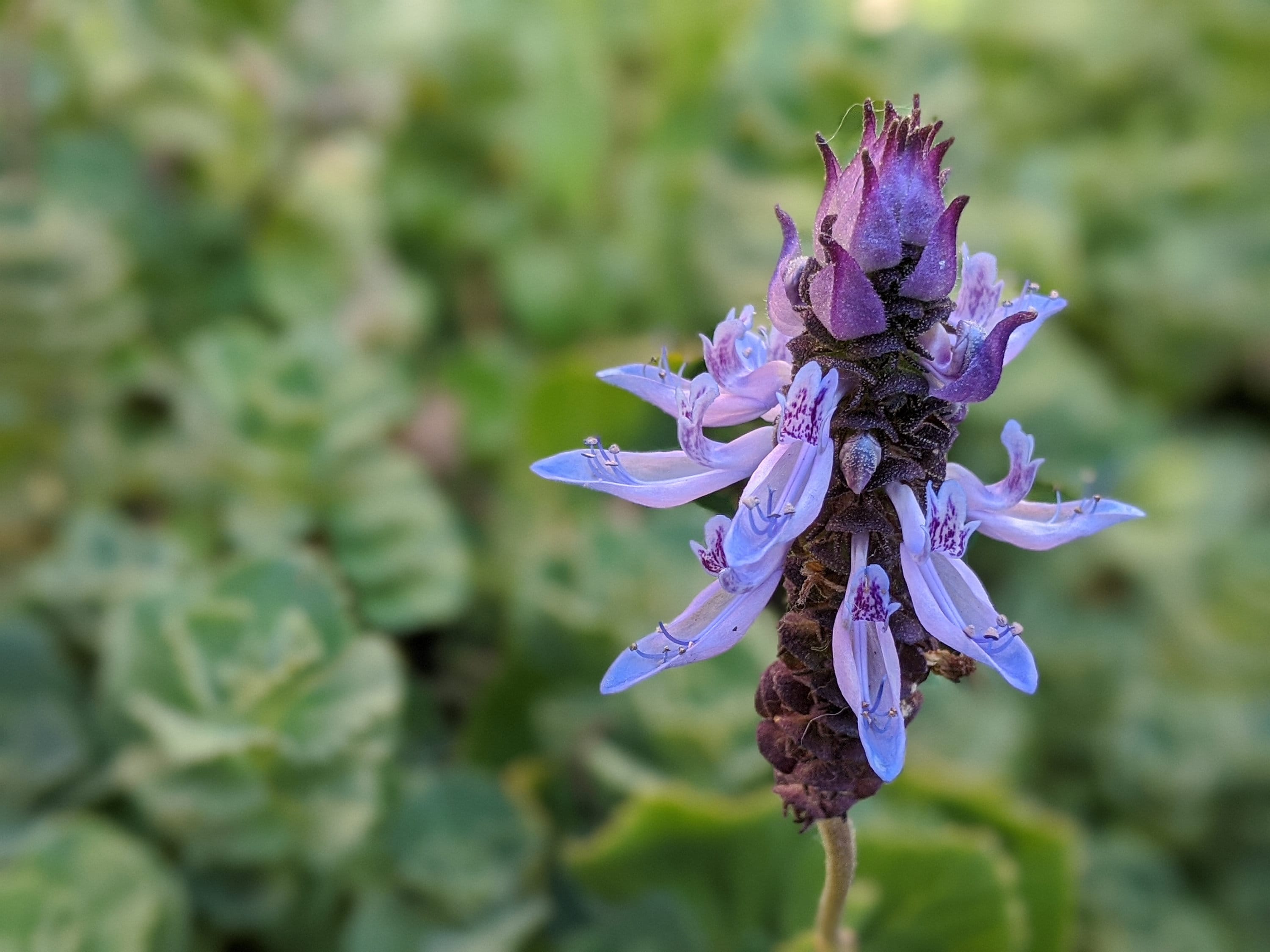
Coleus Coleus Canina (Scardy Cat Coleus), 1 by DaleTheGardener
What is Coleus Canina? Coleus Canina, also known as Coleus Caninus and the Scaredy Cat Plant is a species of flowering plant in the mint family. It was specifically bred as a plant to deter cats by a German botanist. Its odor has been used for centuries to keep cats away from gardens and other areas where they are not wanted.

Photo of the leaves of Scaredy Cat Plant (Plectranthus caninus) posted by valleylynn
What is a scaredy-cat plant? The scaredy-cat plant ( Coleus canina) is a growing falsehood. It's neither a member of the Coleus family nor does it have anything to do with dogs or canines. This attractive perennial herb is actually an aromatic member of the Mint family.

Photo of the bloom of Scaredy Cat Plant (Plectranthus caninus) posted by dawiz1753
Pam shares garden tips, ideas and has cooking channel, Cooking At Pam's Place. She is a container gardener, located in Zone 8A, and also known as The Scaredy Cat Gardener! You don't need acres.

Coleus Canina AKA Scardy Cat Plant Dressing up the Flower Beds
Some examples of scaredy cat plants include orchids, African violets, and ferns. These plants are known for being finicky and difficult to grow, which can be intimidating for beginners. Reasons Why Plants Become Scaredy Cats. There are several reasons why plants become scaredy cats. Environmental factors such as temperature, humidity, and light.

Coleus canina 'Scaredy Cat' Thompson &
Pot up coleus plants into 9cm pots and grow them on in warm frost free conditions for transplanting into borders and containers later on. When all risk of frost has passed and plants are well grown, gradually acclimatise Scaredy Cat™ plants to outdoor conditions over 7 to 10 days. Transplant into sunny borders on any well drained soil.

SALE Scaredy Cat Plant Coleus Canina Three Cuttings Keep Etsy
The scaredy-cat plant, or Coleus canina, is one of many examples of gardener's traditions and tales that aren't always exactly true.Legend has it that this plant smells so bad that it will repel cats, dogs, rabbits, and any other small mammal that might otherwise get into the garden and eat the plants.cats, dogs, rabbits, and any other small

Scaredy Cat Plant, Coleus Canina, Keep Cats Out of Your Garden ,live Rooted , Get 2 Free
What Is Coleus Canina? The scaredy-cat plant (botanical name Coleus canina or Plectranthus caninus) is a tender perennial member of the mint family. Like painted nettle and other foliage plants of the family Lamiaceae, this Coleus plant gives off a strong odor.

How to create a catfriendly garden
Scaredy cat plant - plectranthus caninus (coleus canina) Don't take the name as gospel. The name was created for marketing purposes. This plant smells of dog urine and is supposed to deter both cats and dogs. The scaredy cat plant only works on roughly 70% of cats, so it's a bit of a risk.

Photo of the bloom of Scaredy Cat Plant (Plectranthus caninus) posted by ge1836
The Scaredy Cat Plant (aka Coleus caninus or Plectranthus caninus) loves its moist soil and enjoys soaking up sunlight. However, it appreciates shade during the scorching afternoons. It favors a good watering regime but doesn't like to be drowned in affection. I was tired of my garden being treated like the neighborhood litter box.

Scaredy cat plant Gardening Blog at Seed Parade Growing Advice and General Gardening Help
Height: 40cm Spread: 40cm Tender Attractive to wildlife Flower colour: Foliage colour: Position Soil Clay / Heavy / Moist / Well Drained / Light / Sandy Coleus caninus is known as the scaredy cat or scat plant, as its smell is said to deter cats, as well as other mammals including dogs, rabbits, and foxes.
:max_bytes(150000):strip_icc()/scaredycat-98818fa2515a40d0ae57925a866ea4be.jpg)
How to Grow and Care for Scaredy Cat Plant
Plectranthus Scaredy Cat Plant ( Plectranthus caninus) Common names Scaredy Cat Plant Cat Repellent Plant Dogs Be Gone Botanical names Accepted: Plectranthus caninus Synonym: Coleus spicatus Synonym: Coleus caninus Synonym: Coleus canina Photo Gallery Uploaded by NMoasis Uploaded by NMoasis Uploaded by NMoasis Uploaded by ge1836 Uploaded by NMoasis

Scaredy Cat Plant Purple Flowers Background. High Resolution Stock Image Image of canina
Scaredy cat plants thrive in bright, indirect light, so it's important to choose a spot where they can receive ample sunlight throughout the day. If your home has limited natural light, opt for species that can tolerate lower light levels. Lastly, consider your level of experience with indoor plants.
:max_bytes(150000):strip_icc()/coleuscaninus-f08d9725c5394db3979d6362f6485cdf.jpg)
How to Grow and Care for Scaredy Cat Plant
Scaredy Cat Plant Overview. This plant has greyish-green leaves and small pale flowers. They grow best when in full sunlight and are great in hot weather as they're drought tolerant. They give off a scent that cats, dogs, rabbits and foxes do not like, which is where it gets it's name "scaredy cat". Previously known as Plectranthus caninus.

SALE Scaredy Cat Plant Coleus Canina Three Cuttings Keep Etsy
Scaredy cat plant (Coleus caninus or Plectranthus caninus) is a flowering perennial native to southeastern Africa. A member of the mint family, it emits a strong, unpleasant odor that is thought (though without scientific verification) to repel cats, dogs, and other animals.

Scaredy Cat Plant Van Meuwen
Pot up coleus plants into 9cm pots and grow them on in warm frost free conditions for transplanting into borders and containers later on. When all risk of frost has passed and plants are well grown, gradually acclimatise Scaredy Cat plants to outdoor conditions over 7 to 10 days. Transplant into sunny borders on any well drained soil.

SALE Scaredy Cat Plant Coleus Canina Three Cuttings Keep Etsy UK
Dog Gone, Scaredy Cat Plant (Plectranthus caninus) Care Guide. Prepare the garden by breaking up the existing soil (use a hoe, spade, or power tiller). Add organic matter such as manure, peat moss or garden compost until the soil is loose and easy to work. Organic ingredients improve drainage, add nutrients and encourage earthworms and other.